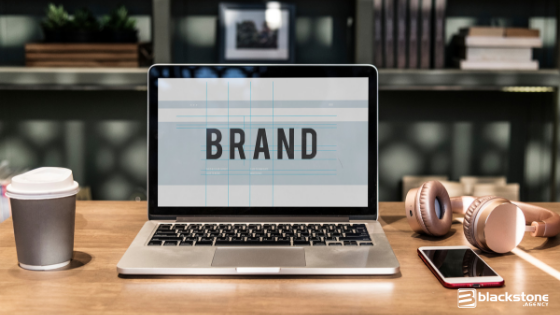Businesses should be very careful when setting up a new business image or redesigning an existing one because they realize they’re creating an overall experience. That’s what happens when a business decides to form a corporate image or identity. The choice of everything including images, colors, words, patterns and more all become a part of that experience and one that they use to translate their business intentions to customers.
Creating a corporate identity focuses on several key areas the business uses to express the brand’s image. It is largely a multi-sensory experience that’s generally not affected by the business’ financial performance and can include areas like:

4 Key Areas To Express Company Brand Image:
- General branding: names, logos, mottos, slogans, images, colors.
- Physical communication methods: business cards, websites, corporate letters, brochures, logos.
- Marketing style: via website, blogs, advertising, forums.
- Physical branding: locations, uniforms, buildings, furniture, decor.
Taking all of these areas into account, it is possible to have a brand that accomplishes the business’ objectives. Everything the company portrays outwardly should work together in cohesion and match the company’s message. For instance, if the business is something trendy and upscale, the uniforms should reflect that as well and be something that appeals to that market. This would include things that are fashionably stylish and nothing “dated.” Also, the office furniture, the website and any marketing or advertising should reflect cutting edge, trendy colors, designs and logos that would appeal to that market. Yes, the task of building a corporate identity should be carefully considered in all areas because it will be the first and lasting impression that the company makes with the customer.
What to consider when creating a corporate identity
What’s the best determining method to brand a business and establish a solid corporate identity? Should the business go with methods that have already been tried and proven? Or, should it be completely creative and take a design or communication risk? Determining the best method to convey a brand depends on the message and the style that’s desired as an end result.
A business entity should focus on several key areas in order to build a professional, all-encompassing, firm corporate identity and can include:

Creating a positive reputation in that respective industry.
The consumer market is generally curious as to how/where corporations stand on certain issues, and portraying that early on sets the tone for how they’re viewed by others.
Establishing credibility.
This is in direct line with the reputation but also includes being coherent with the brand’s message and marketing communications. Everything that the brand does, says, conveys and portrays establishes its credibility.
Becoming and staying relevant to the industry’s demands.
Launch processes that will survey the target market, ask questions and get a feel for what’s needed. When businesses are connected to their industry, they are better equipped to answer those demands because they know what the industry wants and desires.
Marketplace differentiation.
Corporations need to ensure that what they’re doing and saying is different or at least unique from others like them in the same industry. Will the difference be a business move or one in politics? Can the corporation establish a unique branding identity by offering something that their competitors are not?
Business identity is more than just a logo or a picture. It’s an overall synopsis of how that corporate structure is viewed, what it represents with its products and services and ultimately how customers and clients interact with them.